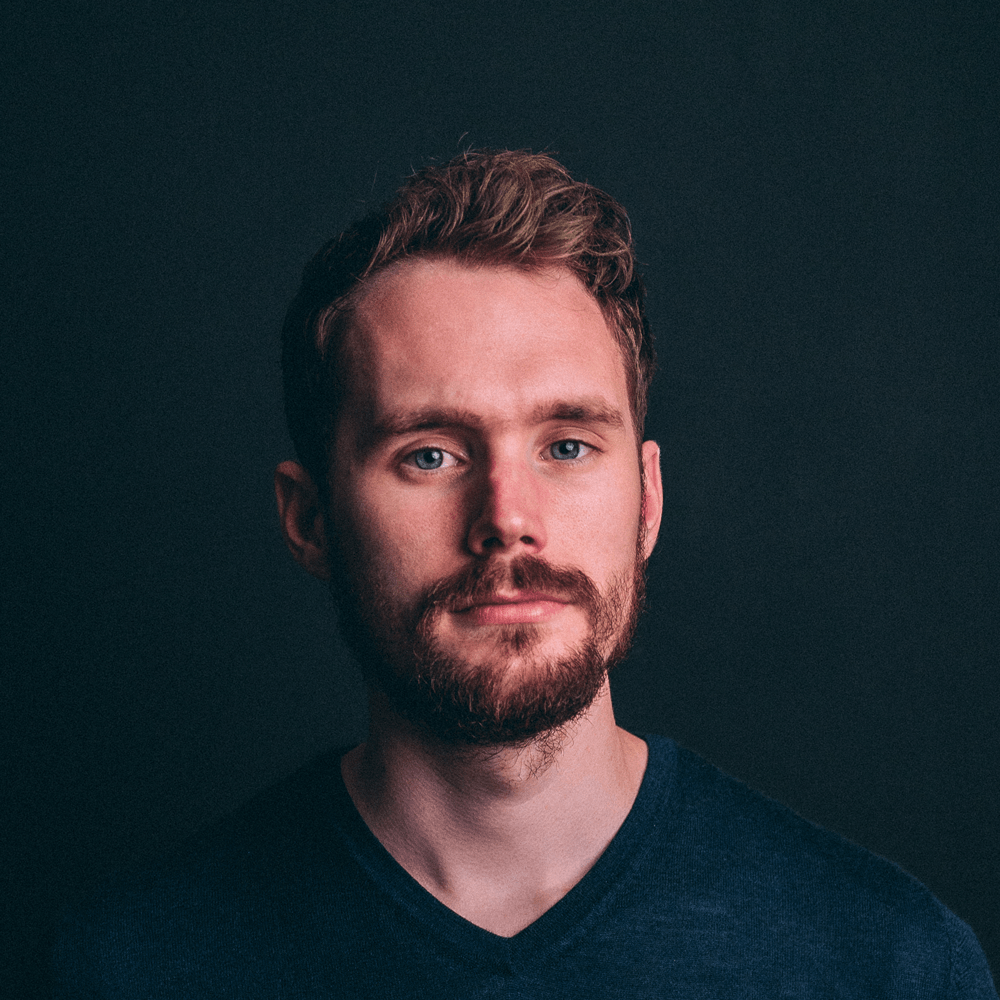You Can’t Design the Experience

UX isn’t something you design—it’s what happens. Learn why great UX means shaping the environment, not dictating the experience.
As designers, we often say, “I design user experiences” or “I’m a UX designer.” But the moment we say it, something feels off—because is it actually true?
What is experience, really? And what does it mean to claim we can design it?
You Design the Environment—Not the Experience
Let’s be real: You don’t design an experience. You design an interface. A product. A flow.
But the experience? That happens within the person using your product.
Experience design isn’t about defining what someone feels. It’s about shaping the environment where experience can happen—and likely will.
UX Exists—With or Without You
I’ve said it to my teams before: experience will happen. Whether it’s good or bad—that depends on your work.
But let’s clear something up: There’s often this feeling that if no UX designer is involved, there’s no UX. That’s false.
UX isn’t something you add like a feature. It’s always there. The question is whether you care about it.
We Influence—But Don’t Control
The more we talk about UX as if it’s an asset, a deliverable,
the more it sounds like something we can control.
But we can’t.
Sure, we can persuade. Guide. Assist. We can restrict users. Define the path. Standardize components. We create guidelines and style guides to bring clarity.
But those are just boundary conditions. Constraints. What we call design principles.
We define the room. The user steps in. That’s where the experience happens.
We influence it. But we don’t create it.

Experience isn’t delivered—it happens. The designer controls constraints, the human brings context. Together they create the outcome.
The Human Factor
Why does this matter?
Because it reminds us what the equation really looks like:
- We create the environment.
- The user brings themselves into it.
- The experience is the result—good or bad.
But users bring variables we can’t control:
- How they woke up that day
- Whether they had a fight with their spouse
- If they rushed to drop off kids
- Or had a great workout and are ready to go
They bring their pressures, emotions and fatigue. That is real experience. Always part of the outcome.
Empathy ≠ Control
As a discipline, we’ve tried to understand users through empathy. We use personas. User research. Journey maps.
And yes—those give us insight. But there’s always a limit to what we can measure. Always a part of the human experience we can’t predict.
What AI Changes About UX
AI is reshaping how we use software. So experience becomes more important.
Designers shouldn’t try to control that experience. We should craft the conditions.
Design Conditions, Not Emotions
Don’t try to capture people. Don’t try to control their behavior.
Instead, ask yourself:
- What influences behavior?
- What external pressures shape outcomes?
- What could make someone fail—or feel empowered?
Sometimes, the biggest UX gain isn’t in the UI. It’s in relieving pressure. In aligning expectations. In reducing cognitive load.
Zoom Out: Beyond Service Design
Service design helps. It considers more than just screens. But even there—we have to keep zooming out.
Advocate for the experience. Think bigger. Ask deeper.
Not just: Is the button clear? But: Is this the right time for this feature?
Be the Experience Advocate
To me, that’s the role. Not the experience designer. The experience advocate.
You fight for clarity. You fight for boundaries that empower. You create more room. Better constraints.
You don’t control the experience. But you do help make it better.
So ask yourself: What are you really designing?

Teon Beijl
Teon Beijl is a business designer and founder of Gears & Ratio, with over a decade of experience in enterprise software for the oil and gas industry. Formerly Global Design Lead for reservoir modeling, remote operations and optimization software at Baker Hughes, he now helps organizations deliver high-quality user experiences for industrial products through knowledge sharing, design leadership and implementing scalable design systems. Connect with Teon on LinkedIn or Substack.

